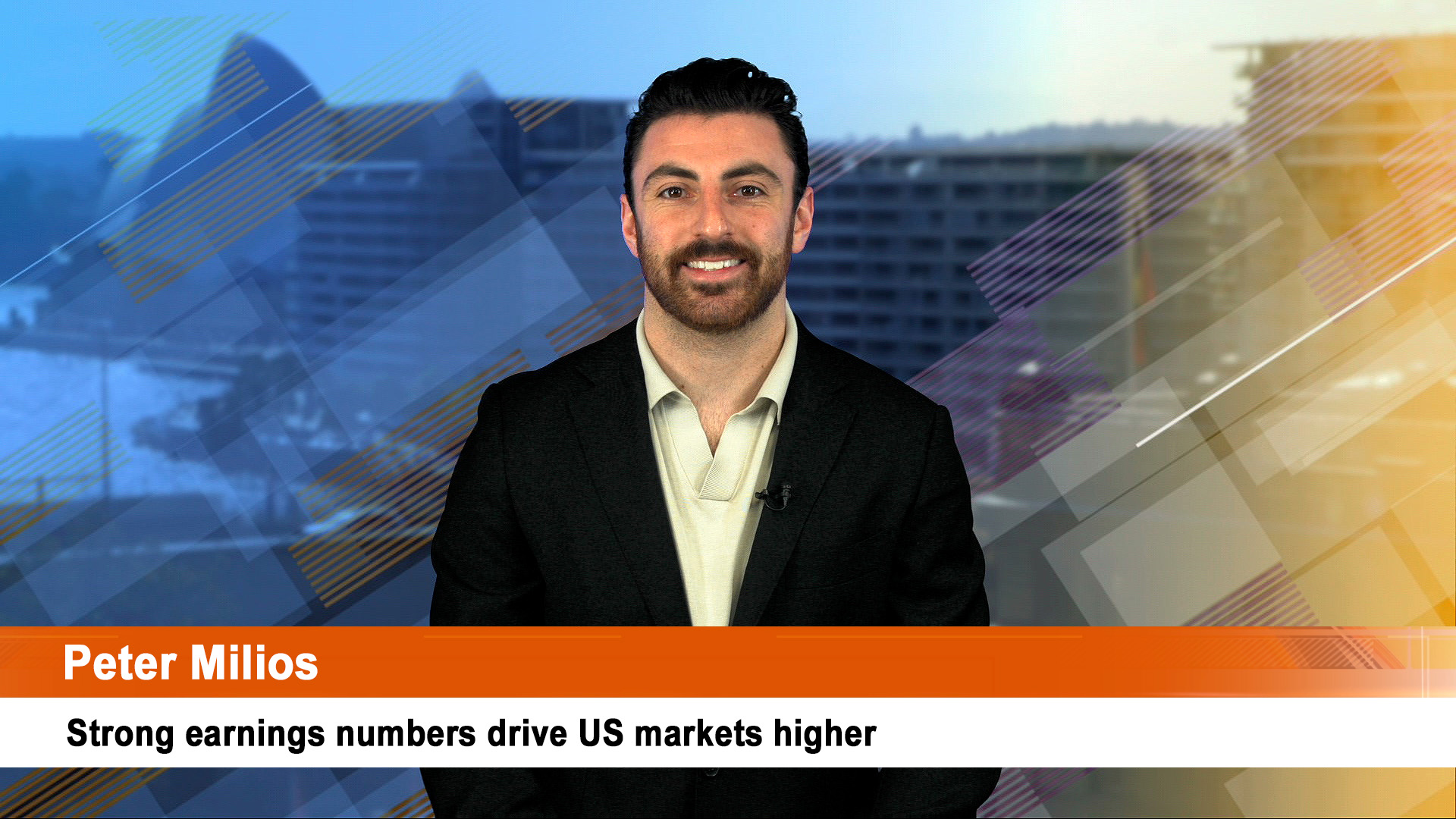Mirvac ran out of puff in the six months to December as the rising interest rates, falling property prices and investor interest and a weakening in the value of some of its property holdings combined to send earnings lower.
Mirvac said first half earnings were down 62%, but it kept its full year guidance in place.
Despite that assurance Mirvac securities fell more than 4.5% to $2.29 on the ASX on Thursday.
The company said its operating profit of $305 million was up 3% on the December, 2021 half, thanks to growth in its Investment Portfolio where third-party money is managed.
But statutory profit of $215 million was down 62% from the $565 million a year earlier, primarily due to lower investment property revaluations.
Interim distribution was 5.2 cents a security, up 2% which is behind the inflation rate of more than 7%.
Mirvac maintained its target of 2,500 residential settlements this financial year even as wet weather and labour shortages limited its first-half total by more than one-third from the same period a year earlier.
Sales over the six months to December more than halved to 845 lots from 1,814 a year earlier.
Retiring CEO Susan Lloyd-Hurwitz, said in Thursday’s ASX release: “While ongoing supply chain constraints, labour shortages, wet weather, inflationary pressures, and higher interest rates continued to impact our business, our integrated and diverse business model, the quality of our portfolio, our strong balance sheet, and disciplined capital management have positioned us well to navigate through the cycle.”
“Our portfolio performed well during the period, as market conditions continue to normalise. Leasing and occupancy improved in all asset classes, retail sales have recovered to pre-COVID-19 levels, and cash collection has stabilised at 98 per cent. The strength of our office and industrial portfolios in particular is evidenced by their outperformance against the benchmark on a one, three, five and 15-year basis.
“Rising interest rates have impacted buyer sentiment, particularly for first-home buyers, with sales activity moderating following a period of heightened demand and historically low interest rates.
“Despite this, we remain well positioned in the current environment, and our strategy to develop for the owner-occupier, along with the strength of our residential brand, continue to drive demand and customer loyalty.
She said the company had progressed its $1.3b billion asset sales program, with approximately $445m million of asset sales achieved in the half.
And the company had “substantial available liquidity of $1.2bn in cash and committed undrawn bank facilities held” at the end of the half year.
And the outlook?
“While high inflation and interest rates have created uncertainty for consumers and placed pressure on economic growth, the continued normalisation of business activities, the resumption in overseas migration, and the flight to high-quality assets place Mirvac in a strong position to navigate the current climate,” directors said on Thursday.
“For the balance of FY23, our focus remains on executing our strategic objectives, maintaining a disciplined approach to capital management, and delivering outstanding customer experiences through our focused asset creation and curation capability.
“Growing our third-party capital will also be a key focus, particularly at this point in the cycle. As well as helping to diversify our sources of capital, it will allow us to leverage our scale, accelerate our secured development pipeline, and improve returns for our stakeholders,” Mirvac said.
Subject to no material change in the operating environment, Mirvac reaffirmed a target of operating earnings in FY23 of at least 15.5 cents a security and distributions of at least 10.5 cents a security, along with a target of greater than 2,500 residential lot settlements.”













